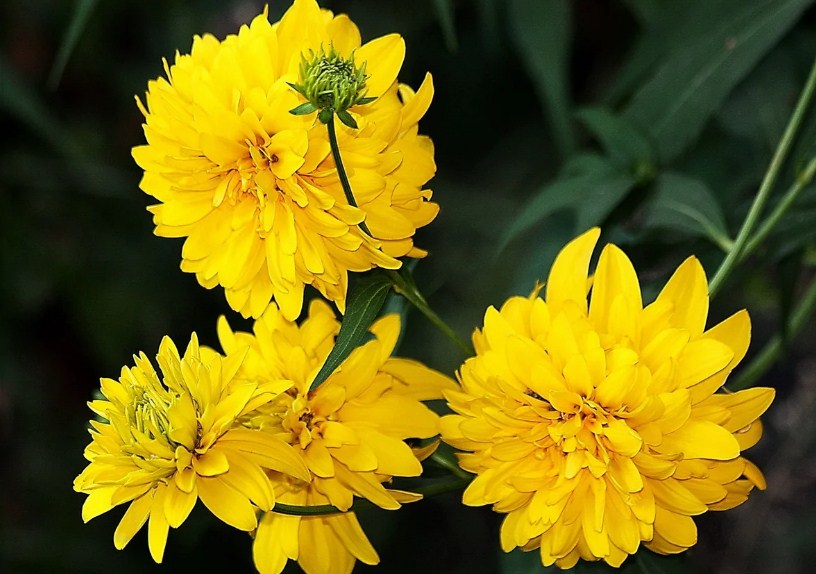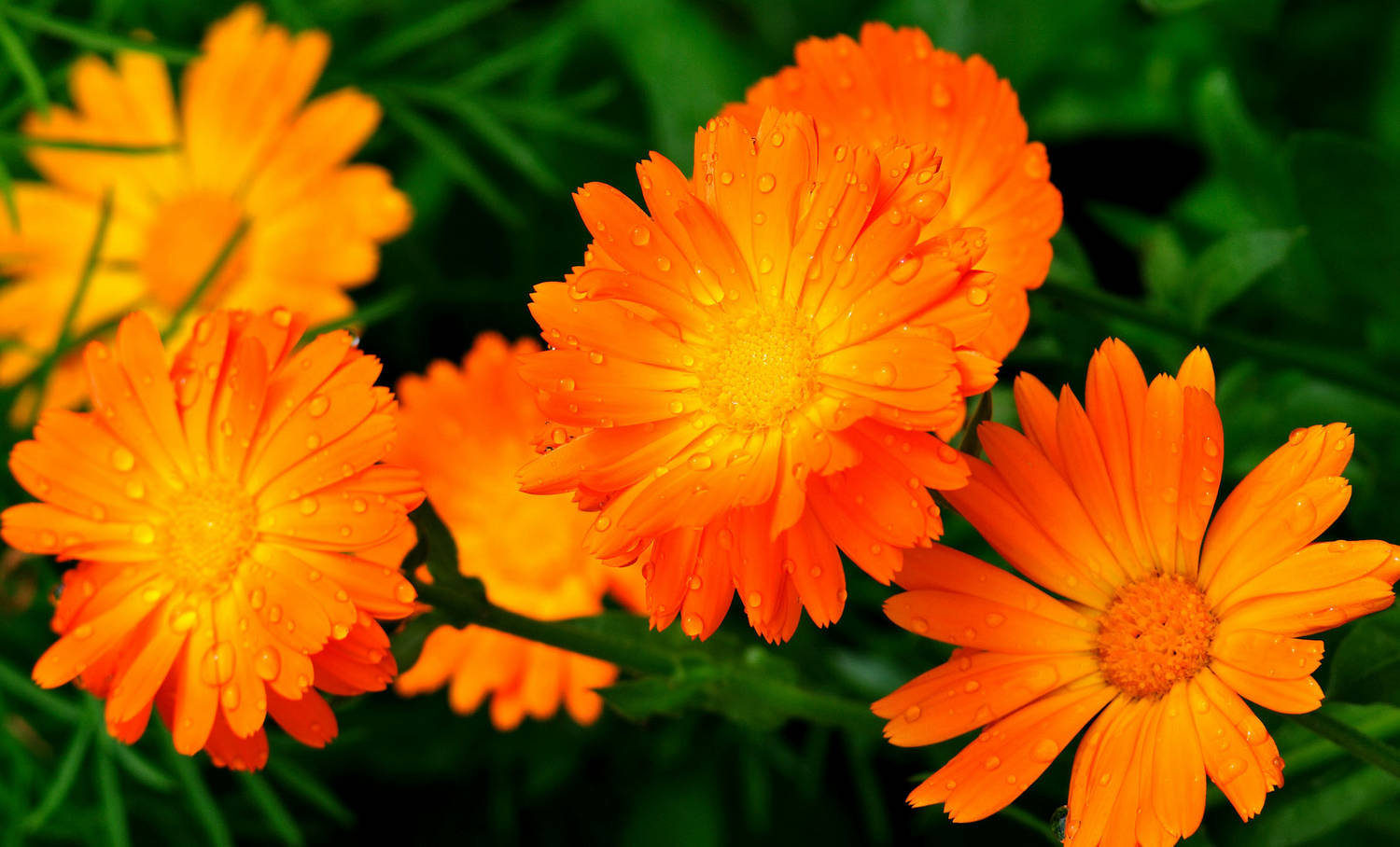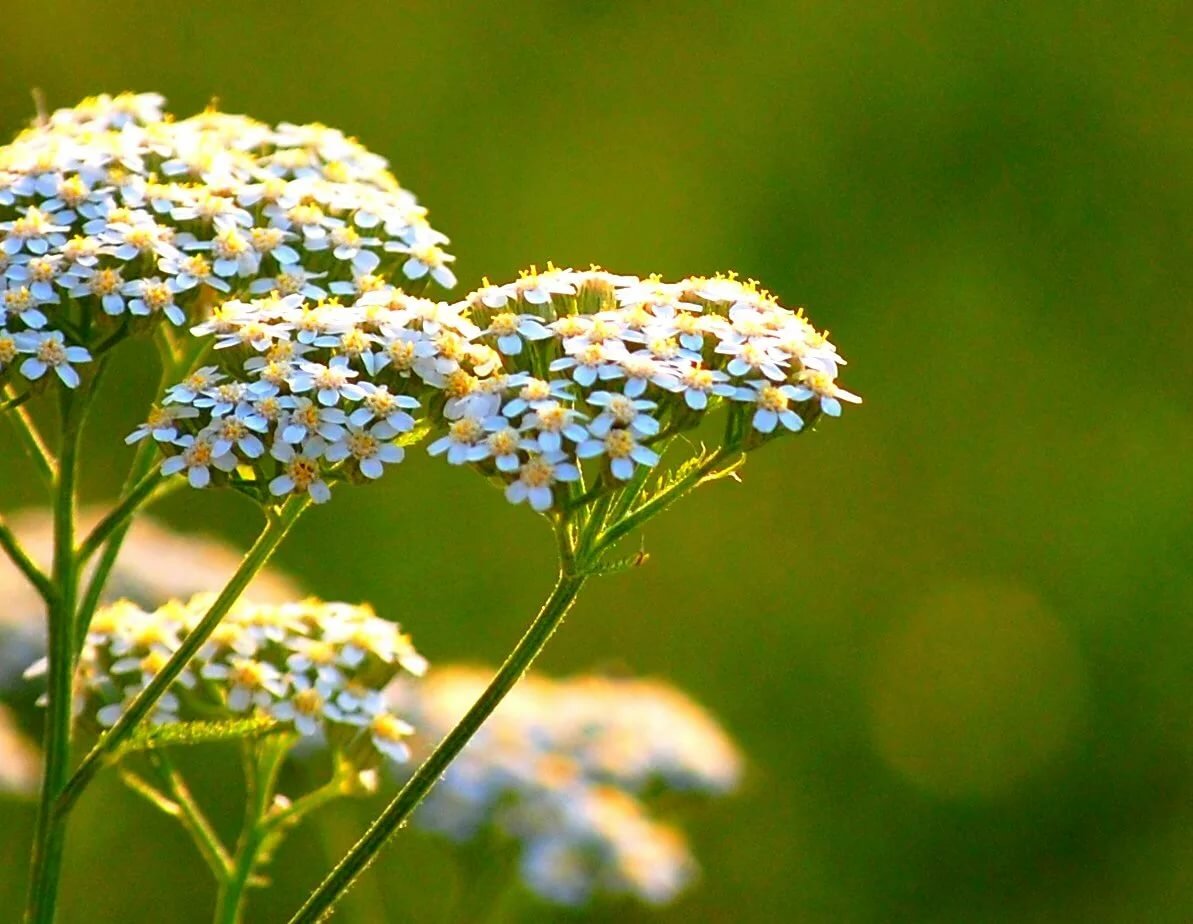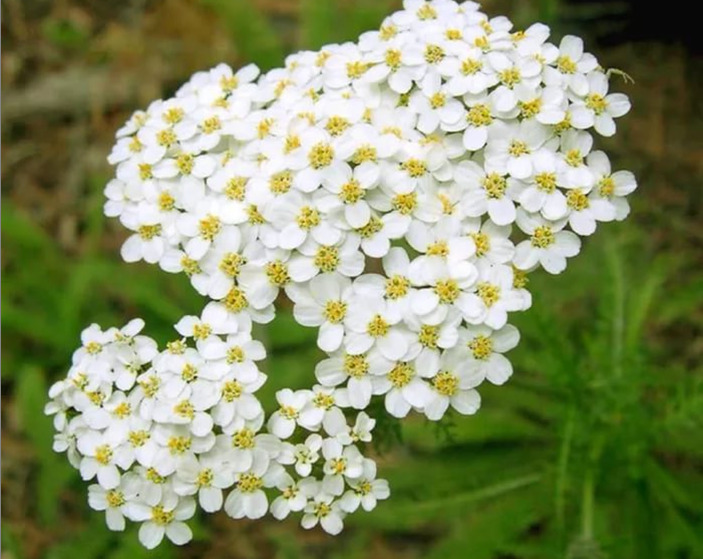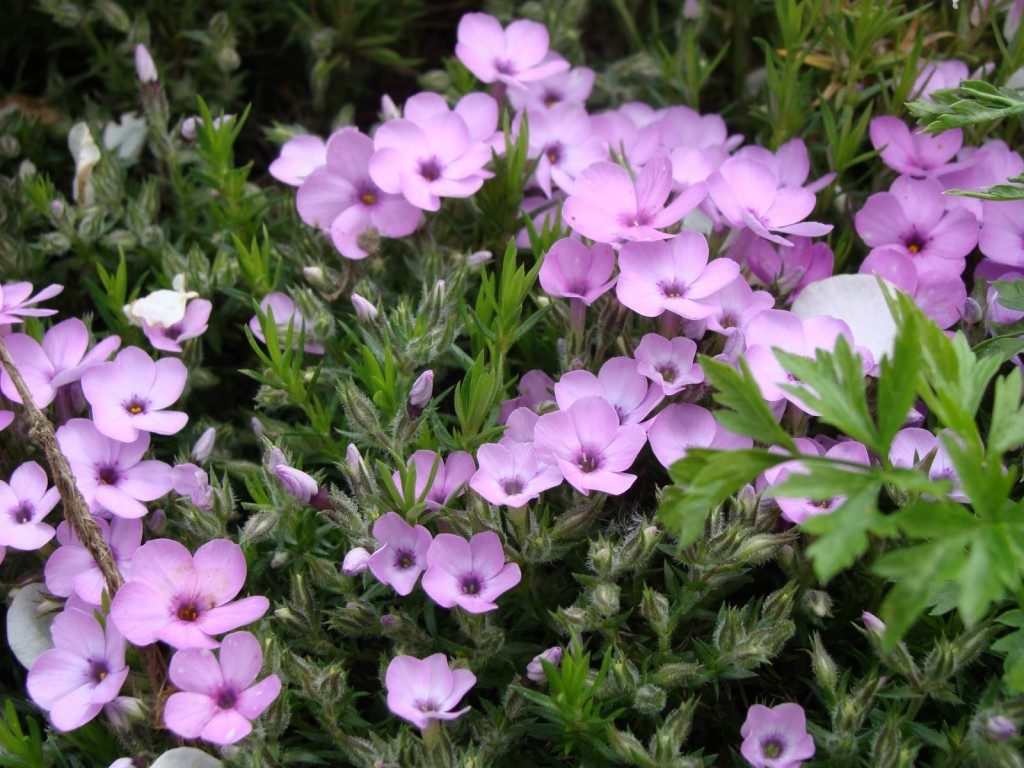Remembering their childhood, many with light sadness remember the bright flower beds of their grandmothers. What flowers were not there! Each differed in color and aroma, which spread throughout the district. The boys secretly dragged them to their girlfriends, and the girls weaved them into braids or wove wreaths until the grandmother could see.
Now garden floriculture is a very fashionable direction for beginners and experienced housewives. Only now the flower beds are filled with fashionable and varietal flowers, and grandmother's cherished plants turned out to be forgotten or not taken into account. What kind of flowers did our dear grandmothers plant?
Rudbeckia dissected
The most popular and unpretentious flower in the days of our bright childhood was considered the "golden ball". Few people know that its real name is dissected rudbeckia. This flower is a real example of "vitality". Many consider it a weed that grows unscrupulously into a neglected state. In fact, for many hostesses who love their flower garden, the "golden balls" had an attractive appearance and created a complete image of a perfect flower garden.
It's all about timely pruning and a beautiful garter. In most cases, rudbeckia is found on unsightly heaps of old garbage, in the backyards of summer cottages or along fences. But it is worth coming up with a beautiful garter and instead of a "sheaf" covered with a clothesline, you can make a gorgeous, luxuriantly blooming background for the entire flower bed. From July to October, these balls filled with light will delight with continuous flowering and a neat look.
Rudbeckia is ideal for bright flower arrangements, their presence in a festive bouquet will give a piece of sun and childhood to anyone.
Phlox
The wonderful scent of these flowers still echoes in memory. Many can remember how they tore off a small inflorescence and sucked sweet nectar from it. These bush flowers were the basis for a perennial flower garden and brought a variety of colors and lush bouquets. Phlox colors vary incredibly: from virgin white to bright purple with “splashes” of contrasting red.
Caring for them is very simple: just plant them in a sunny area, and cut off the main length in the fall.
Tree peonies
Grandmothers called these wonderful flowers Maryin root. Another perennial that blooms in late spring. The huge buds are so fragrant that the closed old windows could not hold back these delicious smells. That is why many associate the end of May with childhood.
This is a completely unkillable plant. It is easy to please with lighting conditions, soil quality and soil moisture. Over the years, the roots grow so much that it is almost impossible to dig them out completely. At the same time, by crushing tubers, peonies can be easily propagated in other areas. These flowers practically do not get sick, do not ask for watering and do not dry out.
Maryin's root fits well into a bouquet, stands in water for a long time, and its heady aroma spreads throughout the house.
Calendula
This medicinal plant was very popular in the organization of flower beds. Beautiful bright yellow or orange inflorescences not only adorned the site, but also brought considerable benefits.Calendula was planted right in the garden to protect crops from pests, the tops of the flowers were collected and dried, used in the form of infusions for the treatment of inflammatory processes, for cosmetic purposes, or even for consumption.
As it blooms, the calendula forms seed pods that fall directly to the ground, forming planting material for the next spring. It is unpretentious and resistant to any weather conditions.
Yarrow
This weed is a storehouse of useful properties, and its great variety of colors. Our grandmothers loved to plant yarrow along the edges of the curb or along the fence. In fact, it looks great when mixed with plants of contrasting colors. Yarrow attracts beneficial insects with its aroma, while repelling pests with essential oils. It is used as an anti-inflammatory, anti-burn, healing agent.
Our grandmothers knew a lot about flowers, planting not only beautiful plants, but also useful, medicinal herbs. Much heritage has sunk into oblivion, but nevertheless, in some gardens you can find one or another flower that opens the door to an unattainable childhood.
